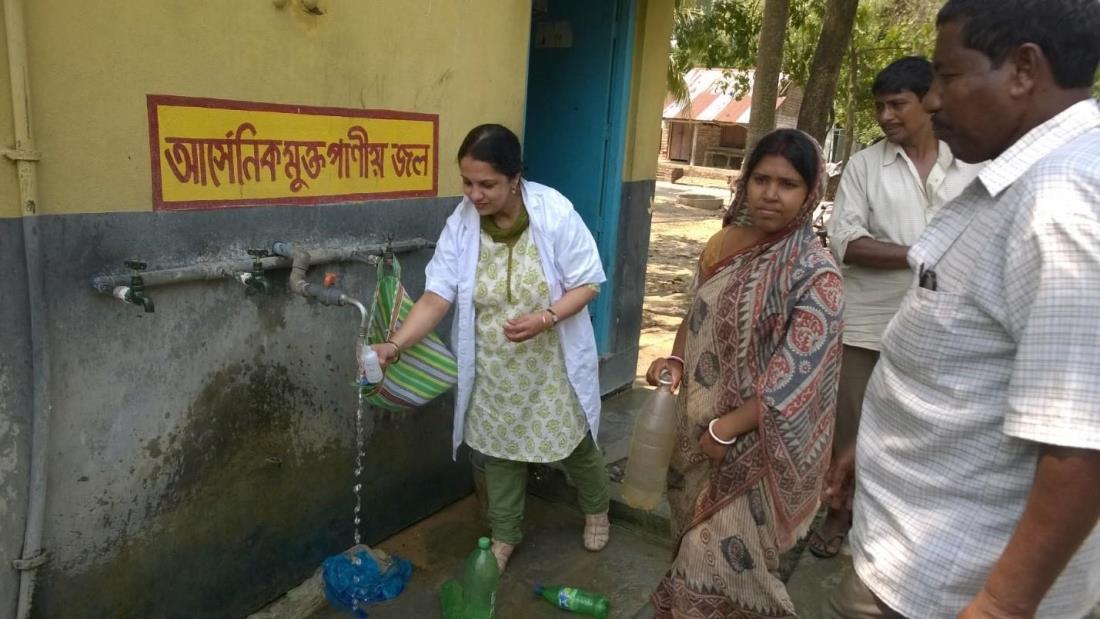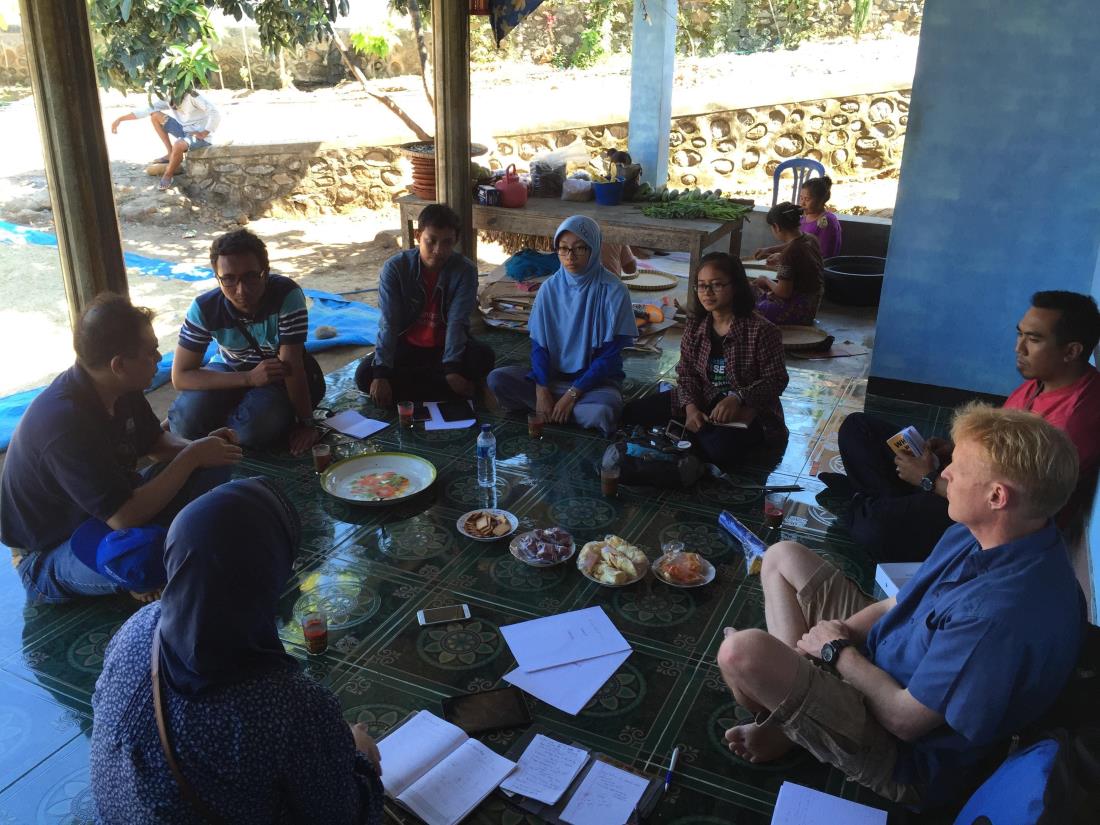By Alison Corbett, Head of Education Programmes, British Council
Lauren Kardos, Monitoring and Evaluation Officer, Institute of International Education
When the British Council convened two policy dialogues in 2010 and 2011 between U.S. and UK university and government leaders to examine the transatlantic research relationship, a key question emerged. Could this relationship be strengthened beyond traditional bilateral exchange? Their question was answered with the launch of the Global Innovation Initiative (GII), a four-year grant program enabling U.S. and UK researchers to work closely with their peers in Brazil, China, India, and Indonesia beginning in 2014.
All told, GII funded 37 multilateral research collaborations, 21 of which were UK-led. The resulting partnerships focused on pressing global challenges such as the environment, food security, health, and urban development. While some might say that policy dialogue frequently fails to result in concrete action, GII proves just the opposite, with its many examples of collaborative and fruitful research partnerships.
GII research projects were intended to have a tangible impact on local communities, improving lives and finding solutions to common problems. From using mobile phone technology to screen for cervical cancer in rural India to assessing flood impact as a consequence of urban development and climate change in mega cities – such as Beijing, London, New York – research teams tackled issues critical to the daily lives of many.

The research team from Lehigh University, Queen’s University, UK, IIT Bombay, India, and Heriot-Watt University, UK have helped more than 800 people have access to safe, clean water.
Best Practices
In early 2018, the British Council commissioned IIE to conduct a final evaluation of the UK competition. The evaluation revealed certain key best practices in the areas of selection, communication, and flexible research policies that can be applied to future cross-national research endeavors.
- Selection: The evaluation found that GII multilateral research partnerships excelled when the selection of research teams was intentional and strategic. UK higher education institutions selected partners on the basis of prior collaboration with the UK and complementary research areas, focusing on interlocking research roles for each partner. UK, U.S., and other country partners contributed a specific expertise and neatly dovetailed their research capabilities in each project. Their flexible approaches to the partnerships tapped into the participating institutions’ complementary expertise areas, and maximized research outcomes and knowledge sharing among participants.
- Communication: GII research partnerships also flourished when communication and interpersonal relationship building was a priority. Regular, structured communication throughout the progression of the research was a key factor in partnership success. Both long-distance communication and the ability to hold in-person meetings promoted equitable division of labor and organization of research activities. Regular communication also built interpersonal relationships between research teams and contributed to an increased sense of satisfaction among the researchers. Cultivating rapport trust strengthened the overall research outcomes of GII partnerships.
- Research policy: GII’s flexible and open research policies contributed to positive partnership outcomes, particularly for research grants based in the UK and the U.S., where it is challenging to find ones that permit research to occur in a country outside of the granting institution. Not only did GII permit research to occur outside of the UK and the U.S., but its primary focus was to conduct research to address real-world problems in countries with emerging economies. GII also provided the flexibility to expand beyond a bilateral or even trilateral model to include an array of experts across several institutions.
One unique component of the GII was its emphasis on younger researchers. Student research was deliberately incorporated into GII’s international partnership model. Promoting the exchange of doctoral students and postdoctoral researchers enabled these individuals to develop the intercultural competence skills needed to conduct research abroad. Student travel and exchange fostered relationship and network-building between young researchers across borders, setting the foundation for further international research collaborations in the future.

Over 95 percent of GII research teams promoted international mobility for faculty students.
Lessons Learned
In many ways, the lessons learned from the implementer’s perspective reflected the best practices that emerged from the evaluation process, including the importance of clear and consistent communication. In addition, maintaining a certain level of flexibility in the structure of individual projects ensured that they were able to get off the ground and be brought to a successful conclusion.
As both a funder and the manager of the UK GII, the British Council realized that its strong relationship with its U.S. counterpart, IIE, was crucial to the success of the program. Constant communication between the implementing bodies and their respective government departments ensured that the call for proposals, selection process, and subsequent external communication were aligned and that the priorities of all parties were considered.
With a presence in more than 100 countries, the British Council was also able to connect its partnerships to in-country staff where possible. Local staff in China, India, and Indonesia attended GII events and witnessed the innovative research taking place.
Flexibility was also a key factor in the success of the projects. The British Council agreed to requests for no-cost extensions to almost all of its grantees for reasons such as bureaucratic difficulties with visa applications and permits for field site visits. Limiting the grant period to its original period would have negatively impacted the research results. Extending the grant period from two to three years (or longer) allowed for more in-depth planning and handling the bureaucratic delays encountered.
A closing-out GII Symposium in Washington, D.C. brought grantees together to highlight their inspiring research results, discuss the challenges and benefits of working multilaterally, and network with each other and relevant organizations like the National Science Foundation. Symposium participants agreed that putting aside funding to offer a similar convening opportunity midway through the grant period would have been ideal for considering challenges and sharing effective practices as well.
Although there is no further call for proposals for GII, many of the partnerships continue to flourish with significant funding from outside sources and a strong belief that the benefits of working across borders to conduct research outweigh the challenges.